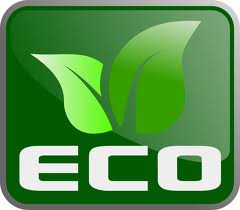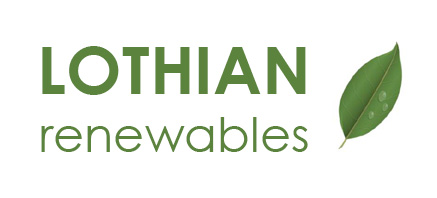 Read this article today and found it very interesting so have reproduced below. This is a conversation |I have had a lot with customers and academics alike and have heard views expressed of “energy payback (EYR)” of between 1 and 6 so the conclusion of the author gives a fair average answer.
Read this article today and found it very interesting so have reproduced below. This is a conversation |I have had a lot with customers and academics alike and have heard views expressed of “energy payback (EYR)” of between 1 and 6 so the conclusion of the author gives a fair average answer.
Solar panels – are they really a clean energy technology?
By: Jonathan Hood
I bought a couple of solar photovoltaic cell (PVC) panels last year. They’re generating electricity off-grid, so I’m not eligible for the Feed-In-Tariff (FIT). Which is perhaps as well, since this article isn’t about solar subsidy. Instead, it’s about a question often raised when the subject of solar panels comes up: does manufacturing a solar panel use more energy than the panel produces over its lifetime?
It’s an important question, because solar PVC is often referred to as a “clean” technology – one that generates electricity without producing environmentally-harmful greenhouse gas emissions. Solar panels do this at point of use of course, but they are complex pieces of kit with many components, and energy is required in their manufacture: mining the raw materials, processing, assembling etc. As the world’s electricity system is still primarily fossil fuelled, the energy required to manufacture the panel will probably have come from burning fossil fuel, which means greenhouse gas emissions – the very thing a solar panel is supposed to avoid.
The easiest way to determine whether there is a clean energy payback from solar PVC is to work out the “Energy Yield Ratio” (EYR, the ratio of energy delivered over a panel’s lifetime to the energy required to manufacture it). If the panel’s EYR is greater than 1 (or “unity”, the break-even point), the panel will generate more energy than was required to manufacture it and is therefore an environmentally sustainable energy source. But if the EYR is less than unity, more energy was required to manufacture the panel than it will produce, and it cannot be labelled as a sustainable energy technology under current production methods.
So what is the EYR of a typical solar PVC panel in the UK? To make this calculation, first you need to know how much energy was required to produce the panel. Then to calculate how much energy the panel itself will produce, you need to know the average sunlight intensity at the point of use and the conversion efficiency of the panel (how much of the light energy hitting the panel can be converted into electrical energy). You also need to know how many years the panel is expected to last for. Fortunately this information is readily available. The only thing to bear in mind is the units: energy is measured in Watts, and power (the rate at which energy is used or produced) in watt hours (Wh). Power levels upwards of 1000 Wh are expressed as kilowatt hours (kWh).
To treat each of the above points in turn:
- To produce typical silicon solar PVC panels requires around 420 kilowatt hours of energy per square metre (kWh/m2). (1) This is roughly the same amount of energy an old-style 100W incandescent light bulb would consume in 6 months.
- Average light energy intensity in the UK on a south-facing roof is around 110 Watts per square metre (W/m2). (2)
- The conversion efficiency of typical solar PVC panels used in the UK is about 12%. (3)
So 110W/m2 of light energy at a conversion efficiency of 12% means a solar panel has an energy rating of 13.2W/m2 – over an hour, it will produce 13.2Wh/m2. Average day length in the UK is about 12 hours – average over the year – so in a day it will produce around 158.4Wh/m2 of electrical power. Over the course of a year this adds up to just under 58kWh/m2. Over the 25 year life of the panel it will therefore generate around 1450kWh/m2 – around four times as much energy as was required to produce the panel, giving an ERY of 4.
So even in the UK, which receives sunlight intensity of only around 60% of that at the equator and where average daylight hours over the year are comparatively short, solar PVC is still an environmentally sustainable source of energy. And it’s expected that production processes will continue to become more efficient in the future, so it’s probable that the EYR will continue to increase.
